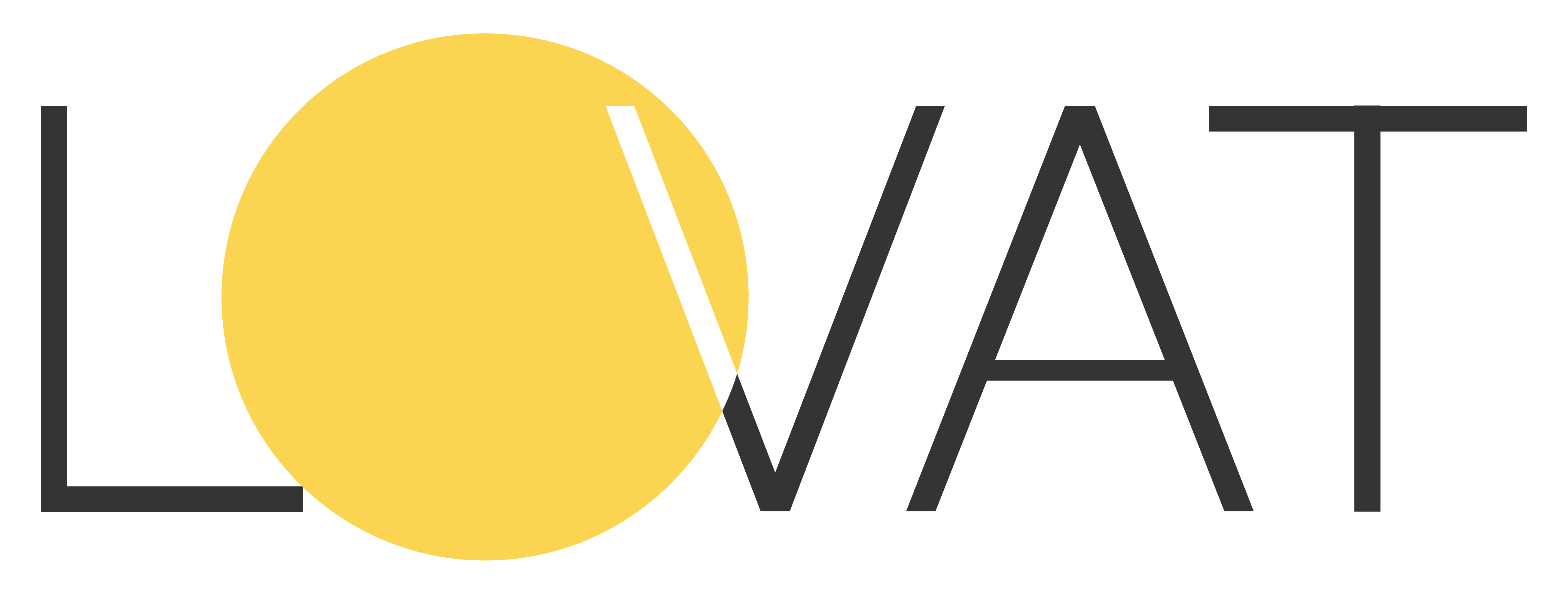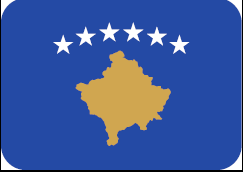Changes to tax and import procedures in Norway
Beginning from January 1, 2024, the temporary exemption from customs declaration for goods with a value of less than NOK 350 will be removed. All goods without a VOEC number will be stopped for customs clearance on import into Norway to pay duty. Starting from January 1, 2024, businesses must also digitally provide their unique VOEC number to whoever is responsible for transporting the goods.
This guide is for e-commerce companies that sell online via web stores or at marketplaces to Norway customers.
Norway’s tax system has a simplified VAT scheme VOEC (VAT on eCommerce). The VOEC scheme can only be used by suppliers without a registered office or place of residence in Norway. The scheme applies only to goods worth less than NOK 3,000. The VOEC scheme is not available for foodstuffs, excisable goods, and prohibited or illegal goods.
From January 1, 2023, Norway’s VOEC scheme also applies to all services that can be provided remotely, such as legal services and consulting services.
VAT Standard rate
The standard VAT rate in Norway in 2024 is 25%.
VAT Reduced rates
15%
- Certain products and services, including foodstuffs, are eligible for a special reduced rate.
12%
- Certain products and services are eligible for the special reduced rate, including food, passenger transport, accommodation, public broadcasting, and entry to cinemas, sporting events, amusement parks, and activity centers.
Thresholds
The distance sales threshold in Norway is NOK 50,000. To calculate revenue upon achieving this threshold, all revenue received from sales of low-value goods leads towards this threshold. Anything imported into Norway in bulk doesn’t count for purposes of calculating revenue for the obligation to register for VAT (VOEC). Sales of goods with a price higher than 3 thousand NOC are also not included in the calculation of the distance sales threshold.
NOK 0
- If a seller uses a local warehouse (for example Amazon FBA);
- If a seller sells excise goods, such as tobacco or alcohol.
Deductible VAT
VAT in input invoices might be credited if goods or services were used to make taxable supplies in Norway. Examples include:
- VAT paid at custom clearance with your VAT number;
- VAT paid to Norwegian suppliers.
Registration procedure
There are two possibilities to register for VAT – a simplified VOEC scheme for low-value goods or a registration in the Norwegian VAT Register. In both cases, the company will be required to complete and submit the VAT registration forms on the website of the Norwegian tax administration.
After registering with VOEC the foreign company will need to charge VAT to the customer at the point of sale and mark its consignments with a VOEC identification number and relevant information to ensure correct customs clearance.
VAT is not charged on VOEC goods at the border, because VAT is already charged on goods.
Low value goods
Norway has a concept of Low-Value goods for import VAT purposes. Under these conditions, the seller can defer VAT and pay the tax in his VAT return for goods imported under this scheme. Low-value goods means a product with a price less than NOK 3,000 (excluding VAT). This means that if the price of the item is 300 euros, companies must not calculate Norwegian VAT, even if firms have registered for a VOES VAT number. Companies can still benefit from deferred VAT if the total value of the order exceeds NOK 3,000, as long as the price of each individual item is below NOK 3,000.
If a parcel includes an item more expensive than 3K, a buyer must do a custom clearance for this parcel and pay VAT and duties at arrival.
Tax representative
Enterprises without a place of business or permanent residence in Norway have to register through a representative. Unlike a business, a representative must have a place of business or a registered office in Norway. The representative is also jointly responsible for filing the VAT report and paying the value-added tax.
Enterprises from the following countries are exempt from the obligation to appoint a tax representative and their tax representatives are not jointly liable for VAT: Austria, Belgium, Bulgaria, Croatia, Cyprus, Czech Republic, Denmark, Estonia, Finland, France, Germany, Greece, Hungary, Iceland, Italy, Latvia, Lithuania, Luxembourg, Malta, Netherlands, Poland, Portugal, Romania, Slovakia, Slovenia, Spain, and Sweden.
Filing VAT returns
In Norway, you have to submit VAT returns and pay VAT quarterly. The reporting period under the VOEC scheme is also quarterly. The calendar quarter begins on January 1, April 1, July 1, and October 1.
The deadline for VAT payments is the 20th day following the end of the quarter.
Companies can also keep track of deadlines at the Lovat portal.


